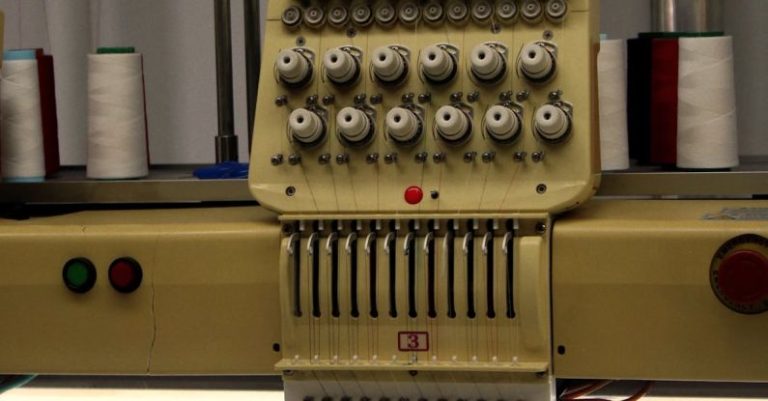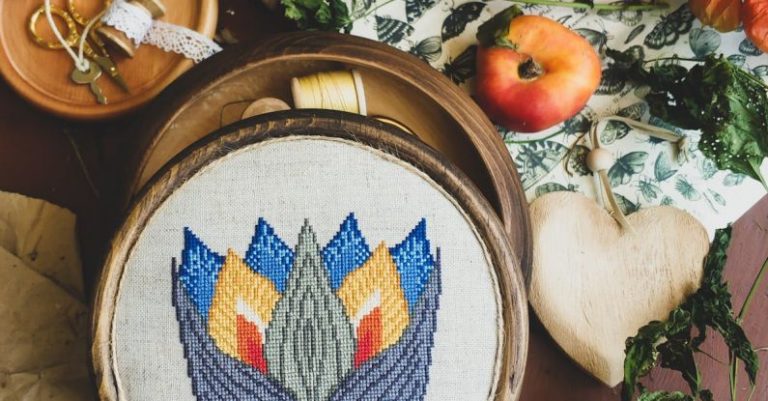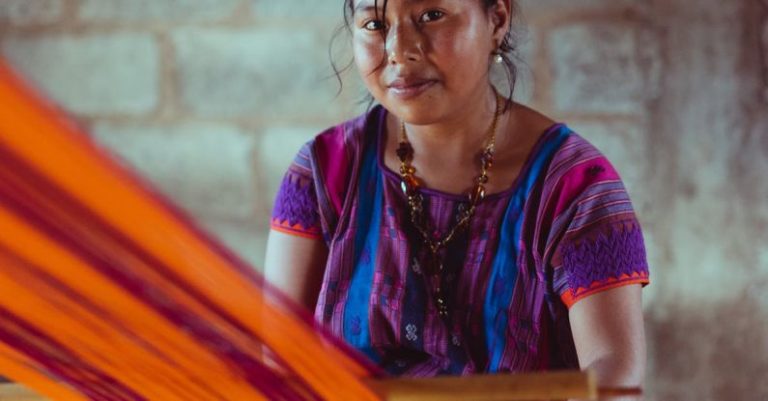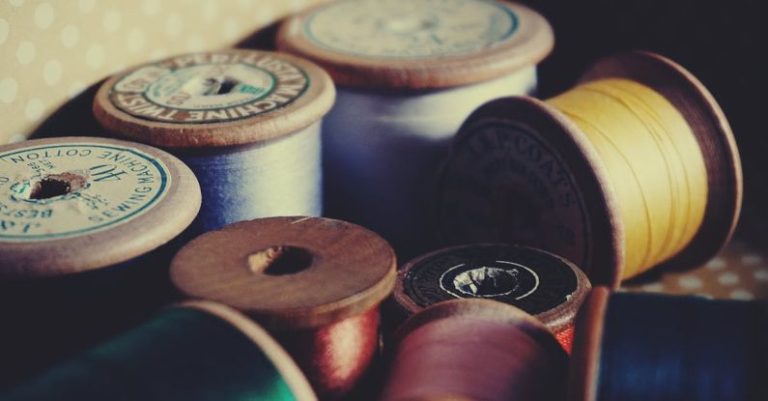
Embroidery has been an art form cherished for centuries. With the advancement of technology and creativity, 3D embroidery has become a popular trend in the world of textile design. Creating 3D embroidery designs involves a combination of traditional embroidery techniques and innovative approaches. In this article, we will delve into the process of creating stunning 3D embroidery designs that bring depth and dimension to your projects.
Understanding the Basics of 3D Embroidery
Before diving into the intricate details of creating 3D embroidery designs, it’s essential to grasp the basics of this unique form of embroidery. Unlike traditional embroidery that focuses on flat designs, 3D embroidery aims to add texture and depth to the artwork. By incorporating techniques such as padding, layering, and embellishments, 3D embroidery designs come to life with a tactile quality that sets them apart.
Selecting the Right Materials
The first step in creating 3D embroidery designs is selecting the right materials. Opt for high-quality embroidery threads that complement the color palette of your design. Additionally, choose fabrics that provide a sturdy base for your embroidery work. Consider using materials like felt, wool, or textured fabrics to enhance the three-dimensional effect of your design.
Creating Dimension with Padding
Padding is a crucial technique in 3D embroidery that helps create dimension and depth in your designs. To add padding to your embroidery work, use materials like felt or foam to elevate certain areas of the design. By strategically layering these padding materials underneath the embroidered stitches, you can achieve a raised effect that gives your design a three-dimensional appearance.
Exploring Layering Techniques
Layering plays a significant role in enhancing the visual impact of 3D embroidery designs. Experiment with layering different stitches, colors, and textures to create depth in your artwork. By stacking layers of embroidery on top of each other, you can achieve a sculptural effect that adds complexity and interest to your design.
Incorporating Embellishments
Embellishments are another element that can elevate the look of your 3D embroidery designs. Consider adding beads, sequins, or other decorative elements to enhance the texture and visual appeal of your artwork. These embellishments can be strategically placed to highlight certain areas of the design and create a focal point that draws the viewer’s eye.
Fine-Tuning Details with Stitching Techniques
Stitching techniques play a crucial role in bringing your 3D embroidery designs to life. Experiment with different types of stitches, such as satin stitch, chain stitch, or French knots, to add texture and detail to your artwork. By varying the density and direction of your stitches, you can create intricate patterns and intricate textures that enhance the three-dimensional effect of your design.
Experimenting with Color and Contrast
Color and contrast are essential elements in creating visually striking 3D embroidery designs. Play around with different color combinations and contrasts to make your design pop. Consider using complementary or contrasting colors to highlight specific areas of the design and create a dynamic visual impact.
Adding the Final Touches
Once you have completed the embroidery work, take the time to add the final touches that will elevate your design. Trim any excess threads, secure loose ends, and carefully press the finished piece to ensure a polished appearance. Consider framing your 3D embroidery design or incorporating it into a larger textile project to showcase your creativity and skill.
Incorporating 3D embroidery designs into your projects adds a unique and tactile dimension that sets them apart from traditional flat embroidery. By mastering techniques such as padding, layering, embellishments, and stitching, you can create stunning artwork that captivates the viewer’s attention and showcases your artistic prowess. Experiment with different materials, colors, and textures to unlock the full potential of 3D embroidery and bring your designs to life.





